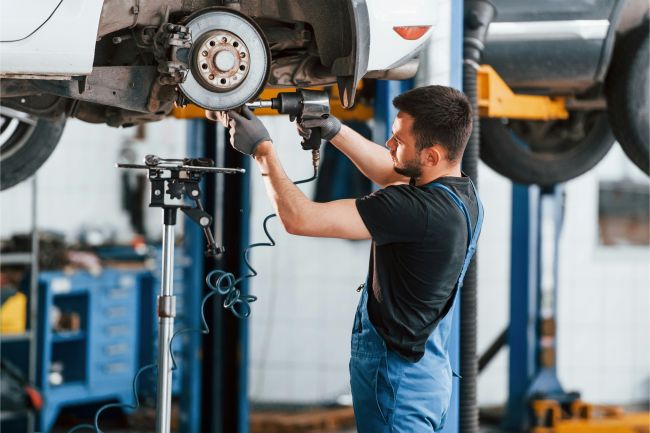Five ways to reduce the cost of Major Scheme consultations
2011 will be a challenging year for major scheme promoters.

2011 will be a challenging year for major scheme promoters. Those that have made it through the Department for Transport’s initial cull will spend much of the year reducing cost savings to a more affordable level. Yet schemes which change in scope will not have undergone consultation which could cause problems later in powers processes, nor will the newly established Local Enterprise Partnerships (LEPs) have had an opportunity to comment on any scheme – reduced scope or otherwise.
One of this year’s challenges will be for promoters to capture public and stakeholder feedback on amended scheme proposals effectively and at acceptable cost.
Here are our five tips to reduce the cost of scheme consultations.
1. Know your objectives
To ensure that resources are directed effectively, consultation objectives should be well thought out and then followed. This is not always the case and sometimes consultations attempt to be all things to all people. We don’t always need to ask everyone about very detailed issues. A more appropriate aim might be to separately collect detailed feedback from a smaller, directly affected group.
Time spent planning consultations and confirming objectives saves money later on. Extra costs result where consultations do not achieve what they set out to do. It is important to get it right first time.
2. Use existing data
Data from previous consultations can help demonstrate the need for a scheme and reduce the requirement to collect new data. All major schemes must sit firmly within the context of the Local Transport Plan (LTP) or Local Implementation Plan (LIP) for example, and all such documents have been informed through consultation.
Refer back to what you’re trying to achieve and only undertake additional consultation when it will result in a better designed scheme and/or better demonstrate the level of support.
3. Take control of costs
Lower cost consultation means reduced activity to some extent. Therefore concentrate on the most effective activities. Previous consultations should be critically reviewed to identify what worked well and what didn’t, and to assess the effectiveness of previous spend. Strong decision making and clear consultation objectives will help focus the approach.
4. Use technology
Internet consultations and the use of social networking websites, such as Facebook, Twitter and My Space, are becoming increasingly common. Central Government used Facebook to collect views on spending cuts in 2010 and Trafford Borough Council’s Facebook Planning page has attracted more than 1,400 individual viewers who accessed the page over 5,000 times.
Social networking websites offers a low cost way to reach a wide audience and overcome temporal and geographical barriers. Of course, attention must also be paid to those without internet access/know-how, but the cost of supplementary activities can be scaled back accordingly.
5. Use market research
Consultations tend to draw out the more vocal members of a community but how can we be sure that these people represent the wider views?
This challenge is at the heart of consultation and is one which pure market research can overcome. For example, a stratified sample survey or well specified focus groups can be used to identify a representative set of opinions, so minimise the need for wider activities.
Market research can be seen as costly but well targeted, and as a complement to wider consultation activity, it can actually allow the overall cost of a consultation programme to be reduced so stretching budgets further.






















